News - 2017
22. December 2017, Topic: Aquatic Ecotoxicology , Risk Assessment
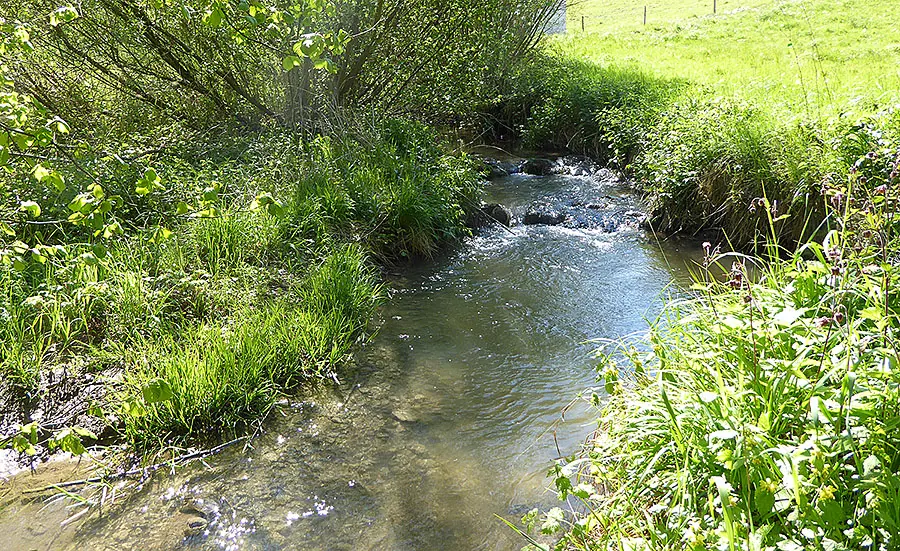
Eawag supports introduction of effect-based environmental quality criteria
At the end of November, the Federal Council has sent the new risk-based required limits for biocides, plant protection products and other micro-pollutants within the Water Protection Ordinance in consultation. A new Eawag fact sheet shows why these values are meaningful and necessary.
Read more24. November 2017, Topic: Aquatic Ecotoxicology , Risk Assessment
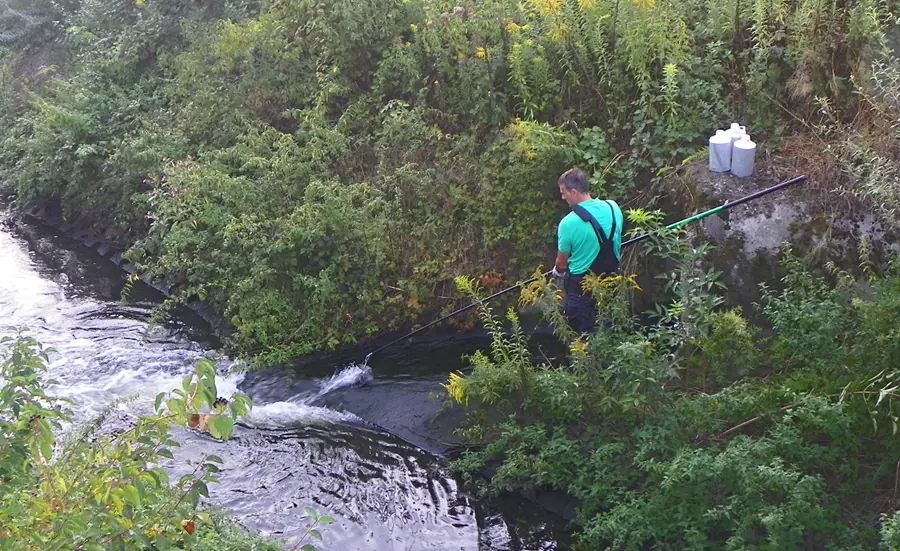
Estrogens in surface waters - Screening and risk assessment for Europe
In the framework of an international project, European water samples were analysed for estrogens using various biological and chemical methods. Bioassays based on cell cultures were shown to be well suited to detect the substances that are to be monitored across Europe.
Read more24. November 2017, Topic: Aquatic Ecotoxicology
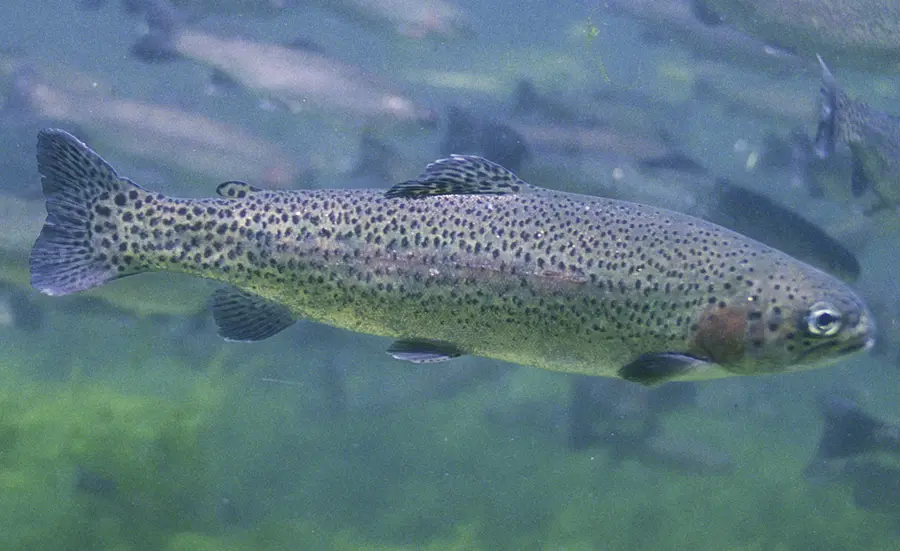
Immunotoxicity: an underestimated ecotoxicological effect of chemicals
Numerous substances influence the ability of wild animals to cope with pathogens. However, there are no established bioassays in ecotoxicology to screen environmental samples and chemicals for immunotoxic effects. The Ecotox Centre would like to improve this situation.
Read more24. November 2017, Topic: Aquatic Ecotoxicology , Soil Ecotoxicology , Sediment Ecotoxicology , Risk Assessment

Info sheet on pyrethroides
Pyrethroids are among the most frequently used pesticides in the world. For this reason, the Ecotox Centre has published a new info sheet on the emissions, mechanism of action, toxicity and risk of the substances.
Read more23. November 2017, Topic: Aquatic Ecotoxicology , Risk Assessment
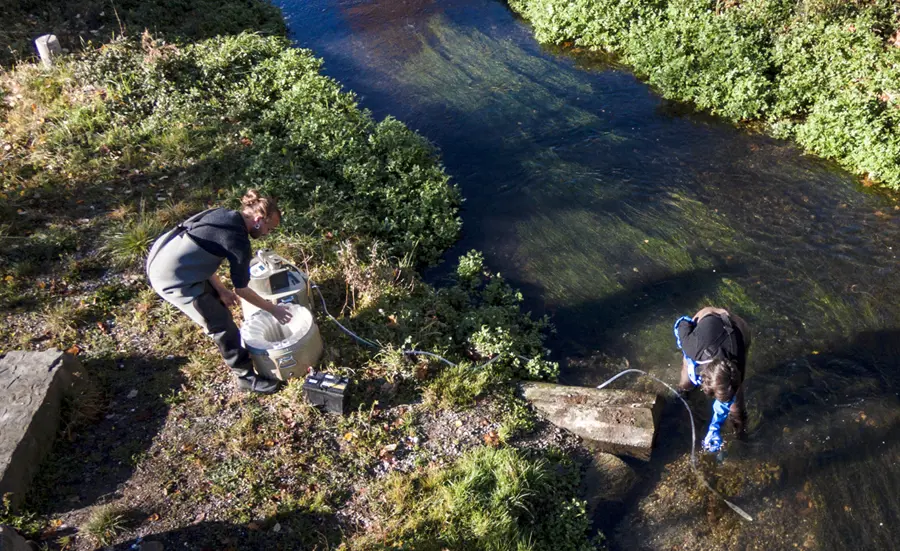
How long to collect water samples?
If the measured concentration of a substance in surface waters exceeds its quality criterion, the water quality is assessed as poor. But over which time period should the water sample be collected and the concentration be averaged?
Read more21. November 2017, Topic: Sediment Ecotoxicology , Risk Assessment
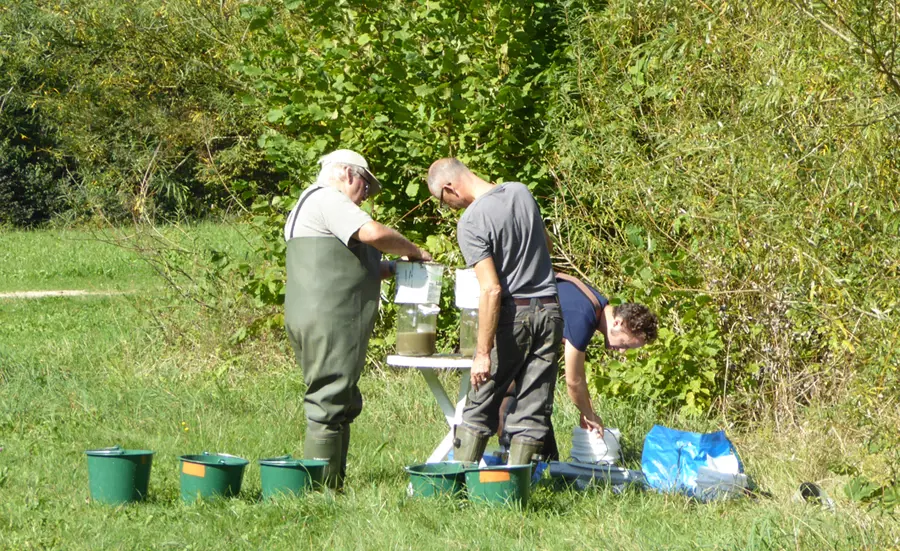
Progress in the assessment of sediment quality
Together with eight cantons, the Ecotox Centre has conducted extensive field testing to investigate the comparability of different methods for sampling and sample preparation of sediments.
Read more31. October 2017, Topic: Sediment Ecotoxicology , Risk Assessment
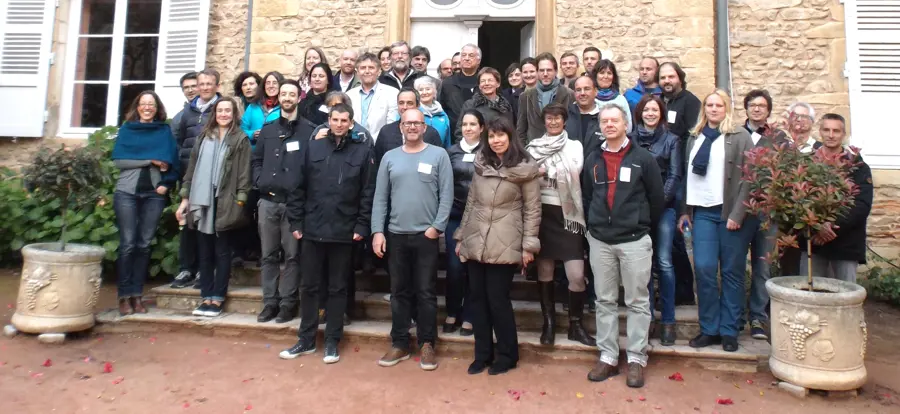
A focus on communities in freshwater sediments
In April 2017, the first French-Swiss conference on communities in freshwater sediments was held in Villié-Morgon (F). A new publication summarizes the findings from the workshop.
Read more26. September 2017, Topic: Soil Ecotoxicology
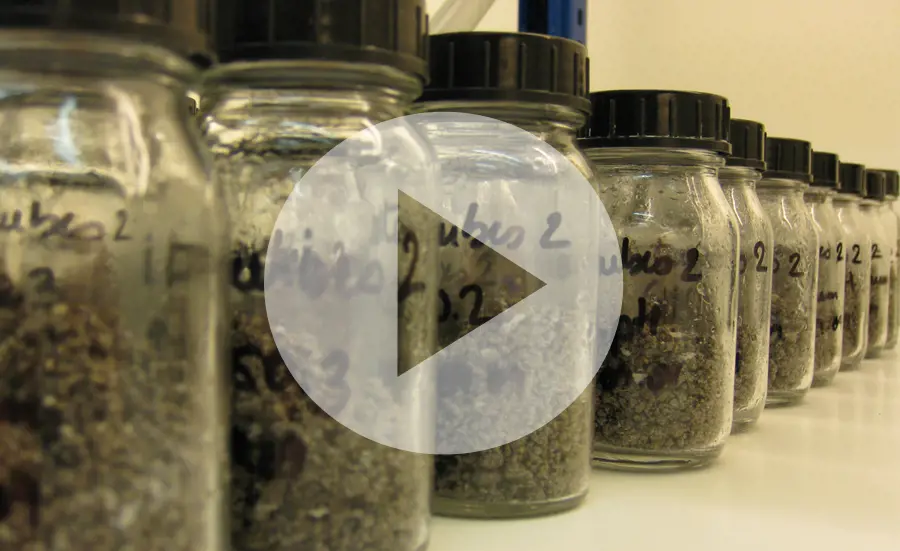
Video tutorials on springtail and earthworm assays
New video tutorials show the preparation and execution of the reproduction test with springtails and the avoidance test with earthworms.
Read more01. June 2017, Topic: Aquatic Ecotoxicology , Risk Assessment
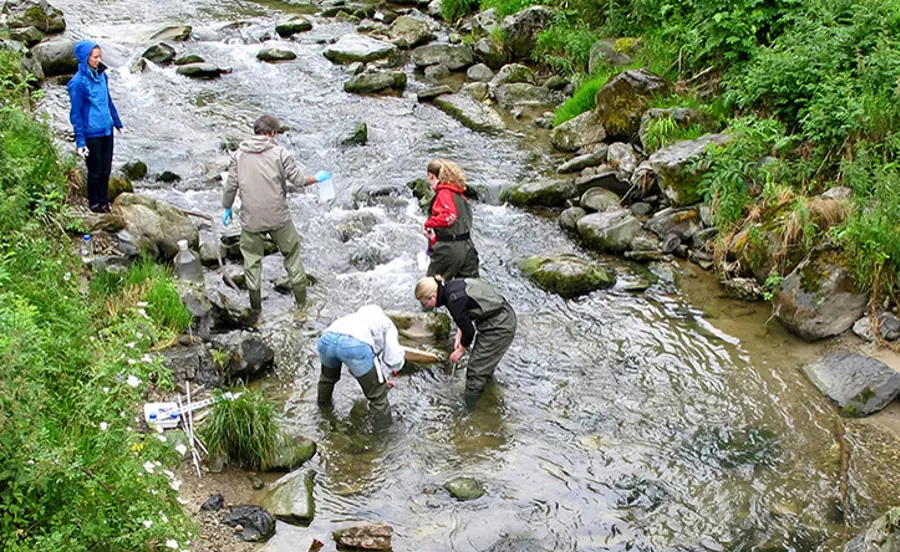
Ecosystem stress caused by micropollutants
Micropollutants enter rivers and streams in effluents discharged from wastewater treatment plants (WWTPs). As well as having adverse impacts on individual species, these substances appear to alter aquatic ecosystem functions, such as litter decomposition.
Read more30. May 2017, Topic: Aquatic Ecotoxicology , Risk Assessment
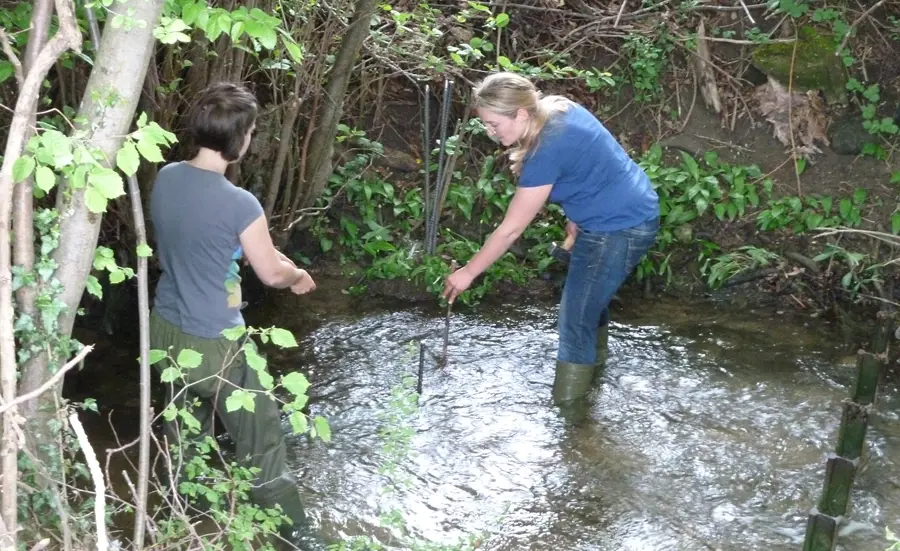
Ecotoxicological risks in small streams are high
A comprehensive monitoring study in small Swiss streams shows that these are often heavily contaminated with plant protection products. The ecotoxicological risk due to the pollutant mixtures was high at four of the five examined sites and the water quality therefore considered to be bad. Due to the long-term exposure, there were no time for recovery for the water organisms.
Read more